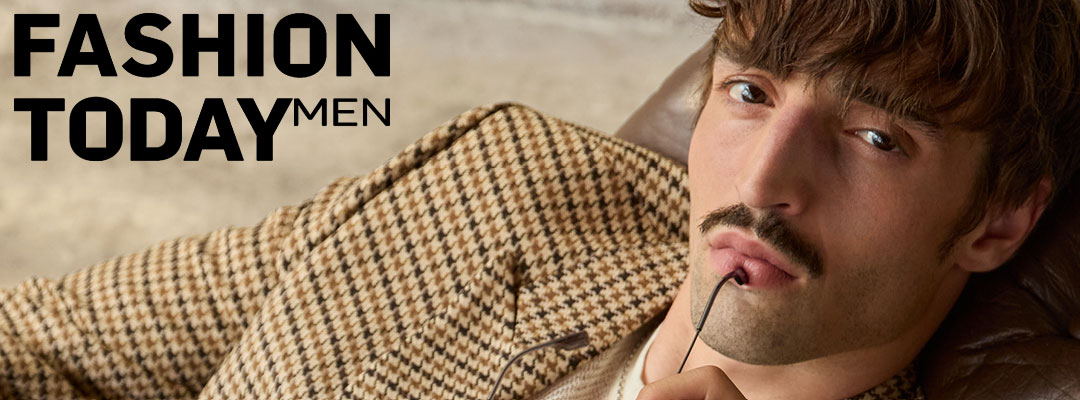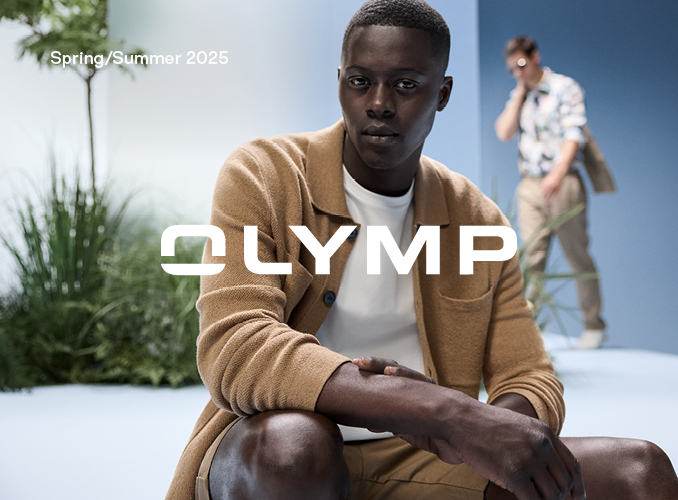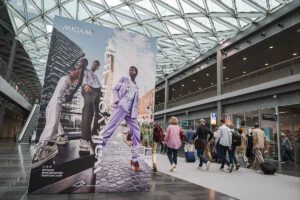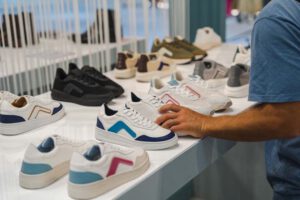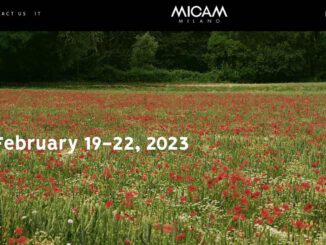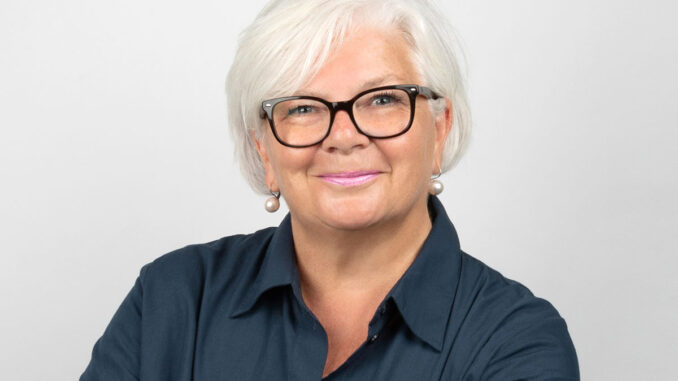
by Markus Oess
The Italian shoe trade fair MICAM is designed to foster a positive atmosphere and drive significant growth for the industry. It is challenging in the current climate, but it is not an insurmountable problem. We spoke with Giovanna Ceolini, President of Assocalzaturifici, about the forthcoming edition of MICAM and the international footwear industry’s efforts to maintain competitiveness. Why German buyers should attend.
The Italian footwear industry is currently facing significant challenges. In the first quarter of 2024, there was a 9.7% decline in export value and a 10.3% decline in export volume, while sales fell by 10.1%. This is corroborated by a report from the Centro Studi Confindustria Moda. Furthermore, domestic demand also declined, with a fall of 1.6% in volume and 0.7% in spending by Italian households. Giovanna Ceolini, President of Assocalzaturifici, has stated that the slowdown that began at the end of 2023 intensified at the beginning of 2024. The severity of the situation is illustrated by a 20.5% drop in production, as measured by the ISTAT index. The decline was particularly pronounced in shoes with leather uppers, with a 8.6% reduction in volume and a 7% decline in value. There was a more moderate decline in exports to EU countries, with a 4.1% reduction in value compared to a 15% drop in non-EU countries. While exports to the Middle East and Far East saw positive growth, the overall outlook remained negative, with a recovery not expected until 2025 at the earliest.
In this challenging environment, fashion and accessories trade fairs such as MICAM Milano play a pivotal role in efforts to revitalise the industry. From 14 September 2024, a number of significant trade fairs, including Lineapelle, MICAM Milano, Milano Fashion&Jewels, MIPEL, The One Milano and Simac Tanning Tech, will resume their activities in Milan. These events underscore the significance of sustainability and technological advancement while fostering collaboration across diverse supply chains.
The shoe trends for spring/summer 2025 will be the focus of particular attention, with four key trends shaping the season. The ‘Heirloom’ trend focuses on craftsmanship and retro aesthetics, while the ‘Avant-Garde’ trend celebrates individuality with bold colours and creative materials. The ‘Empathy’ trend offers sensual designs with sophisticated details, while the ‘Preservation’ trend emphasises sustainability and technological innovation. We spoke with Giovanna Ceolini about the forthcoming edition of MICAM and the industry’s efforts to maintain progress. We would like to take this opportunity to highlight why German buyers should attend.
FT: Giovanna, with your extensive network and experience, could you provide some insight into the current state of the Italian footwear industry and the global market? Which companies are currently performing well, and which appear to be facing challenges?
Giovanna Ceolini: “The latest report from Centro Studi Confindustria Moda for Assocalzaturifici shows that the Italian footwear industry faced a sharp downturn in the first quarter of 2024. Both exports and revenue fell significantly—exports dropped 9.7% in value and 10.3% in volume, while turnover fell by 10.1%. A survey conducted in May among our members revealed that 68% saw their revenue decrease, with 18% experiencing declines of over 20%. The mood among industry leaders is pessimistic: only 11% expect an improvement in the second quarter, which is projected to end with a turnover drop of around 7.4% compared to April-June 2023. More than 80% believe that a recovery won’t start before 2025.”
What are the main challenges currently facing the industry, and what potential opportunities exist?
“The global economic situation is really complex right now. External factors like the conflicts in the Middle East and between Russia and Ukraine, along with rising raw material costs, are heavily impacting the industry. Looking ahead, or even right now, the key drivers for development are digitalization and sustainability. To successfully address future challenges, we need to push forward in both of these areas.”
“Thanks to MICAM, Milan is the global capital of footwear.”
The MICAM event is fast approaching. What has been the response from exhibitors thus far?
“MICAM is just around the corner, and it’s always the place where footwear companies debut their collections and forge important business connections with an international audience. Exhibitor response has been very positive; we’ve once again surpassed 900 brands, which is a great affirmation of our efforts. We’re finalizing some exciting updates for this edition, both for the exhibition and the conferences. The Micam X area will be even more prominent, focusing on key industry issues like sustainability. We’re also expecting visitors from all over the world, attracted not just by the exhibition but also by our extensive event program. I’m also excited to share two major new features: one focused on training and the other on a sensory experience that combines two elements of Made in Italy—food and footwear.”
What about the visitors? The current global economic climate is presenting significant challenges to trade fairs around the world.
“Trade fairs remain essential for visitors looking to discover new products and services, as well as for professional development. Events like MICAM X, with international speakers and workshops, provide valuable opportunities to exchange information and assess the current state of the industry. Moreover, live events offer the irreplaceable benefit of personal interaction, which is crucial for expanding business connections.”
Was the merger of trade fairs intended to result in greater efficiency and more effective use of combined resources?
“The synergy between fashion trade fairs, which started during the COVID years, has quickly proven successful. Visitors are pleased with the time-saving advantage of being able to attend multiple events at once.”
A number of seasons have now elapsed. Has the plan been a success?
“The synergy has been well accepted by both visitors and exhibitors, who significantly appreciate the results. The primary benefits have been cost and time optimization.”
Trade fairs often operate as closed ecosystems, with the shoe industry tending to remain within its own circles. However, the company is also seeking to establish connections with the wider fashion industry and to rethink its distribution strategies. The ability to host multiple fairs in one location simultaneously is undoubtedly beneficial in this regard. Could you please elaborate on the specific plans in place to attract fashion buyers to Milan?
“Thanks to MICAM, Milan is the global capital of footwear. Here, you can preview and experience firsthand the most beautiful shoes and future trends, and also have exclusive conversations with emerging designers and iconic Made in Italy brands. We also organize a rich schedule of events, including workshops, fashion shows, and presentations. With this program, it’s hard for any fashion buyer to miss our event. Additionally, for the past few editions, we’ve been working with Livetrend on the Trends Buyer’s Guide, which we provide to all visitors. This guide helps optimize purchases by highlighting the season’s must-have items on display.”
FT: Please be advised that there will be no German pavilion this time. It is not within MICAM’s remit to comment on the ending of subsidies. Germany remains an important market for Italian businesses. Will the number of German exhibitors be reduced? What incentive is there for German buyers to attend MICAM?
“Germany, with over 34 million pairs sold at an average price of 37 euros, is the fourth-largest market by value for Italian exports. However, sales in 2023 were disappointing, with a -3.1% decline in value and a sharp -19.6% drop in volume. The market, which ranks second in volume, faced a setback between July and December, losing -12.4% in value compared to the same period in 2022. Despite this, we still expect a strong presence of exhibitors and visitors from Germany, a country with a deep appreciation for Italian-made footwear.”
FT: Let us now turn our attention to the latest trends. What will the post-sneaker era look like? Is there a new shoe that is replacing the sneaker, or is its dominance now being shared by several emerging styles? What should buyers prioritise?
“The latest economic report on the Italian footwear industry is clear: all product categories saw a decline in volume compared to January-March 2023. Sport shoes and sneakers showed the slightest contraction (-0.2%) and even showed a slight increase in value (+0.8%). Men’s shoes saw the largest declines (-4.5% in quantity and -3.5% in spending). Women’s and children’s shoes both dropped by 2% in pairs sold, with value decreasing by -1.1% and -1.9% respectively. Slippers also declined by -1.9% in volume but remained stable in value. Right now, sport shoes and sneakers are performing the best, and with their growing popularity, they are expected to remain resilient.”

